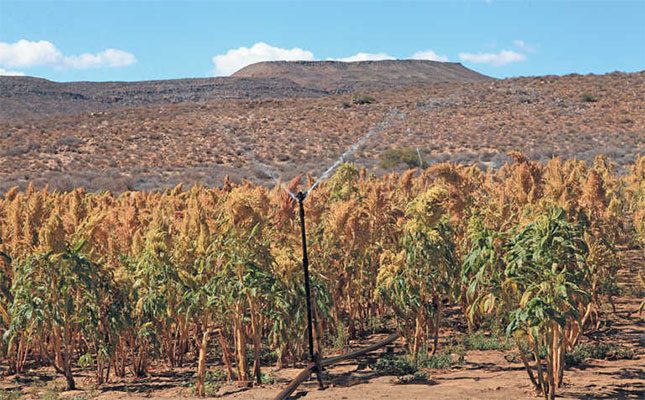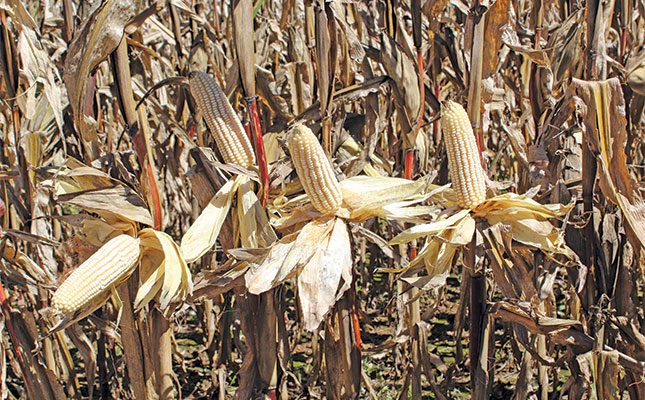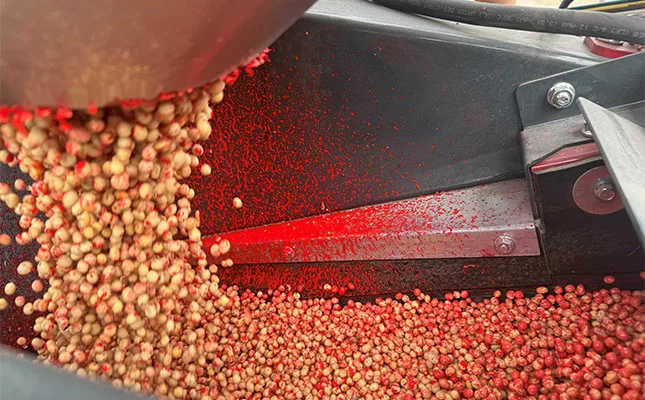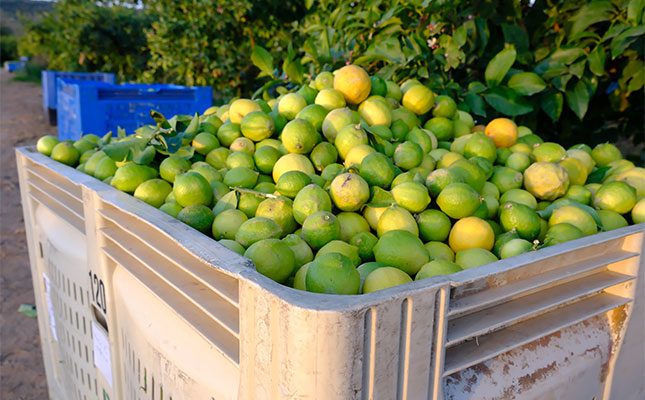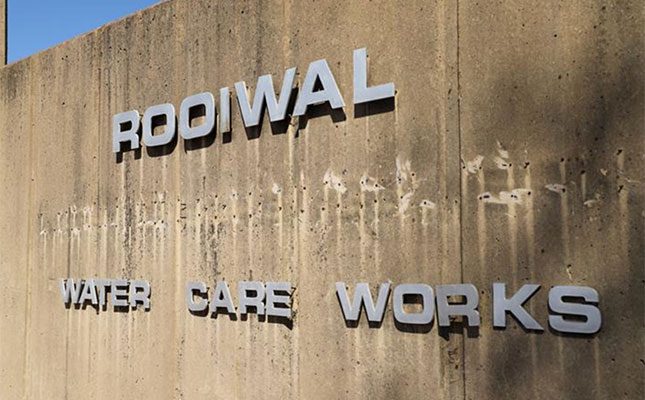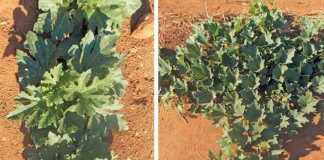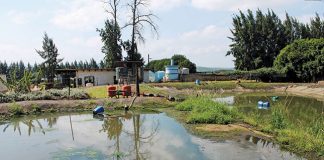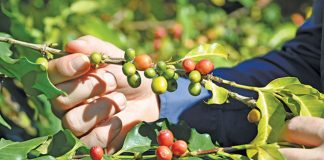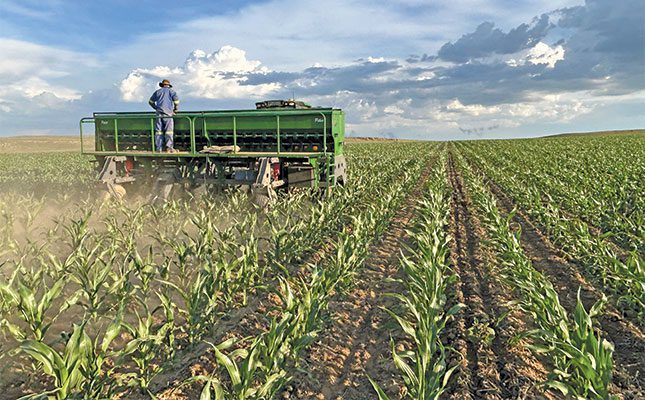
Photo: Supplied
Regenerative agriculture and intercropping aren’t new concepts. According to
a research report published in Plants, People, Planet, agronomists in Europe and North America have been working on intercropping since the 1890s. During the interwar period and into the 1950s, the practice attracted considerable attention from colonial agronomists.
However, although this early work entered the public domain during the 1970s, few agroecologists noticed it. There are various reasons why some agroecologists of that era might have known about earlier work on intercropping but chose to ignore it, but more likely most members of that generation were simply unaware of it.
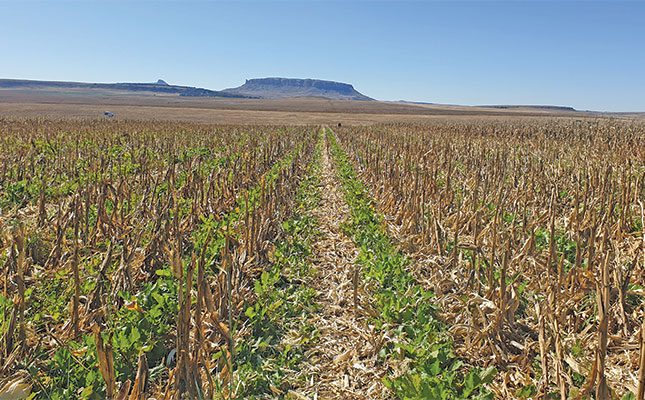
Over the past 50 years, the practice of intercropping (planting a mixture of several different crops on the same field) has drawn increasing attention in crop science. Given its high yields and low requirements for fertiliser and pesticides, it offers considerable advantages over conventional ‘industrial’ agriculture.
“Nevertheless, although research on intercropping has been conducted since the late 19th century, that work became largely invisible after 1945 as the rapid rise of industrial agriculture erased alternative approaches from view. Since the 1970s, however, intercropping and other alternatives have reappeared on the research agenda, as the damaging impacts of industrial agriculture have become evident,” the report reads.
It makes financial sense
According to Mike Mandy of Mandy Farming in Harrismith, Free State, intercropping indubitably makes financial and economic sense.
“When you sit with your bank manager or accountant and he or she tells you to plant more hectares to achieve economy of scale, it comes as quite a shock, as it means borrowing more money and requires more equipment.
“This forced me to spend countless hours on finding an alternative. I am not much of a reader, but after intensive research on YouTube, my father and I eventually decided on vertical expansion through intercropping instead of horizontal development. It simply made more financial sense. Our main objective is not the highest total yield but rather optimum yield per hectare,” says Mike.
Field potential
According to him, intercropping – also known as interseeding – of compatible plants also encourages biodiversity by providing a habitat for a variety of insects and soil organisms that would otherwise be absent in a single-crop environment.
“The main goal of intercropping is to achieve the highest yield on a particular field by taking full advantage of its potential,” explains Mike.
He adds that they focus on a minimum/no till system. However, if a land needs to be worked for some or other reason, they will consider doing so.
“If there is no reason to work a land, then we will push no-till all the way. Over time, we have also reduced our fertiliser application markedly. All the cover crops are planted without fertiliser,” he says.
Cattle management
Mike’s father, Francis, adds that intercropping plays a decisive role in the farm’s Bovelder cattle component, which he is in charge of.
The Mandys are passionate about the Bovelder, and Francis’s grandfather was one of the pioneers of the breed in South Africa.
“Since we started implementing intercropping, the carrying capacity on the farm has increased significantly. Normally by August or September, we are short of feed and it is a tough time for the cattle. So, intercropping is a win-win for us; it adds a lot of biodiversity.
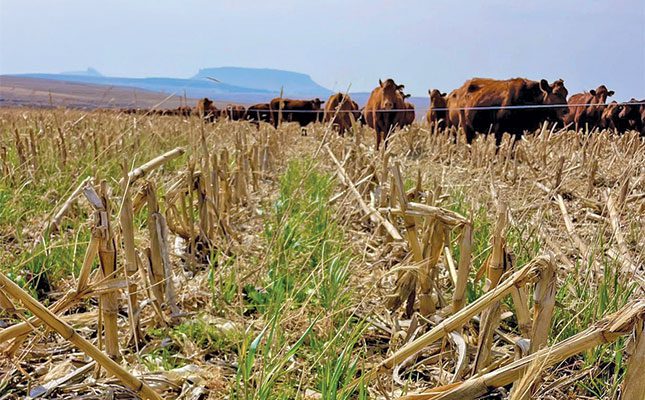
By intercropping, we now have a really good-quality feed, which also saves on expenses for licks. We strip-graze all the intercropping crops,” explains Francis.
“This allows for improved cattle management, as well as a positive impact on the land. We still get good yields on the cash crops, continue building the soil, and the cattle have much better feed during winter.
“We try to move [the animals] once a day or every second day, gaining the benefit of the high rates of dung, saliva, and urine per hectare. We now produce only one-fifth of the bales we used to make previously. Before intercropping, we ran one large stock unit [LSU] on 2,7ha, but we are now running one LSU on 2,3ha,“ he adds.
Numerous types of intercropping
Mike says they intercrop the maize with cereals, legumes, and brassicas. Each cover crop has its own specific role to play in the mix and contributes to soil health and the promotion of soil diversity.
According to Farmpractices.com, there are numerous types of intercropping – including mixed intercropping, the row method, and relay intercropping, among others – all of which require appropriate timing and spatial arrangement.
Mike, who joined the farming business in 2015, says he is more of a diesel, ploughing, and planting kind of a farmer and wanted to continue with crop production. However, he soon found out how exorbitant the cost of conservative crop production is.
Therefore, after some intensive research, the decision was taken to follow the intercropping route.
Dryland crops
The Mandys plant dryland maize and soya bean and are also doing some trials on sunflower this year.
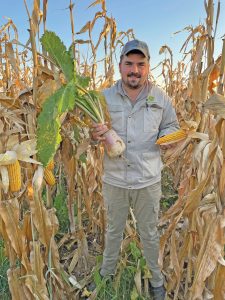
The maize is spaced at 91cm and planted at a density of 40 000 plants per hectare. Cover crops are planted when the cash crops are about knee-high, using two planters – one that plants two rows and another that plants three.
“The reason we don’t plant the cover crop earlier is that you run the risk that it could have an allelopathic effect on the maize. Timing is very important when it comes to intercropping,” explains Mike.
Maize and soya beans fit in nicely and allow for effective intercropping and rotation. According to Mike, they have also found it easy to incorporate cover crops with the two cash crops.
“When we first started with intercropping, we made a few mistakes that forced us to go back to the drawing board, so to speak. I like to tell people that I have been bitten by a little regenerative bug that will try and try again. “The first season, we started planting way too late, which led to damage to a lot of the plants.
“We learnt a valuable lesson and now start planting much earlier. The year we made the timing error, we planted in January; now we start planting in November. We’re already seeing the results. Maize yields are improving, and our livestock are also in better condition, especially during the winter months when grazing and feed are scarce. We plant every hectare of our farm twice a year,” says Mike.
They apply biological solutions such as acids, soil supplements containing sugar, and seaweed-based products to improve crop health and yields.
Sources: Harwood J. 4 March 2024. ‘The forgotten history of intercropping’. Plants, People, Planet.; Ranga.nr. 5 December 2019. ‘Intercropping / 10 Types, Advantages and Disadvantages’. Farm Practices.
For more information email Mike Mandy at [email protected].

